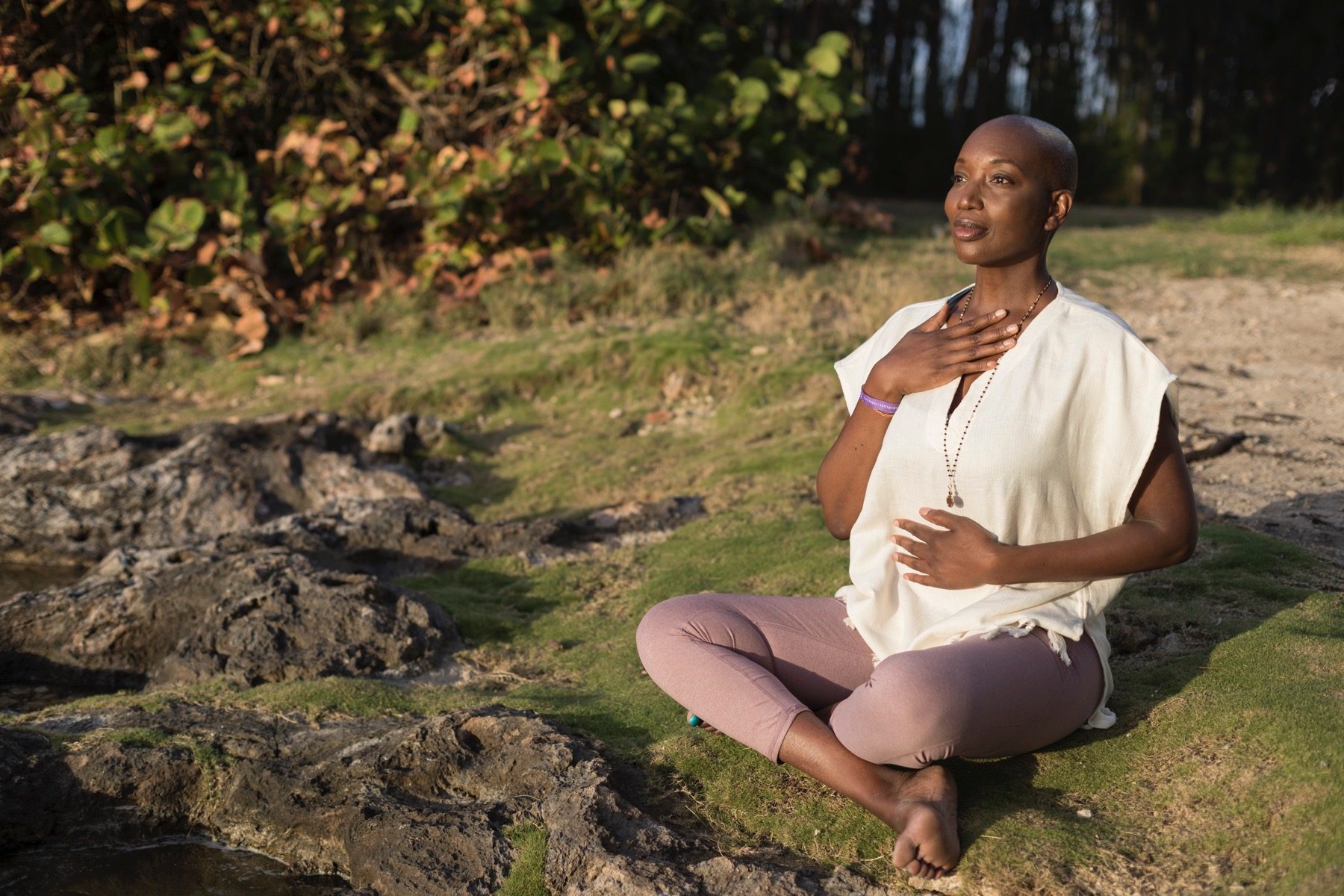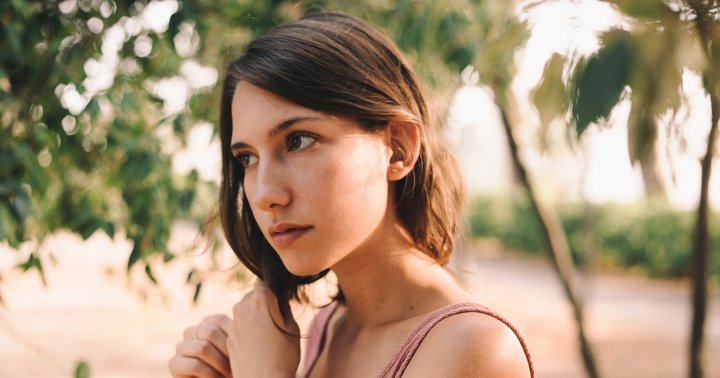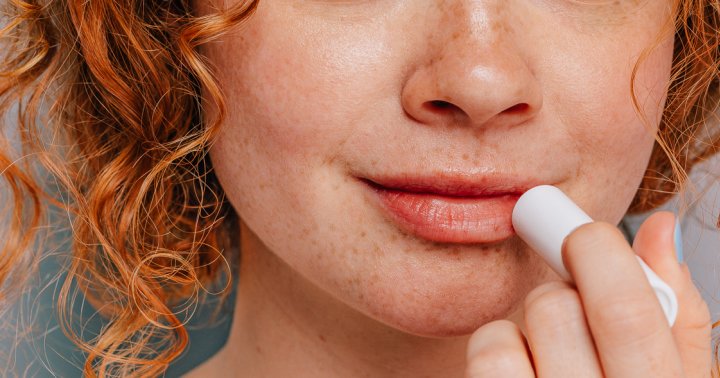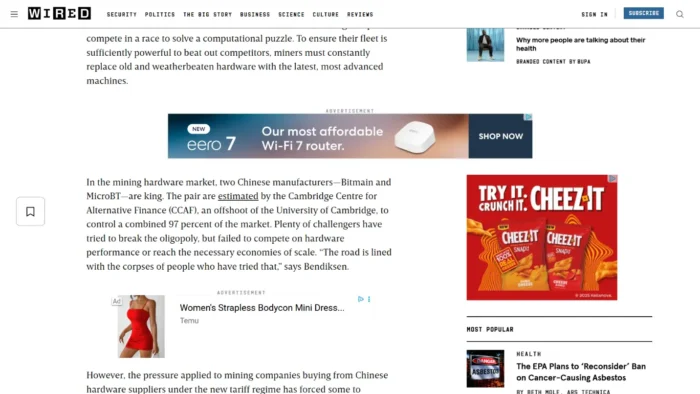The Pros and Cons of Bleaching Your Hair: Is It Right for You?
Considering the potential pros and cons will help you decide if lightening is right for your hair type and goals. Bleach works by breaking down the underlying pigment molecules in hair, removing color, and allowing lighter dye to penetrate...
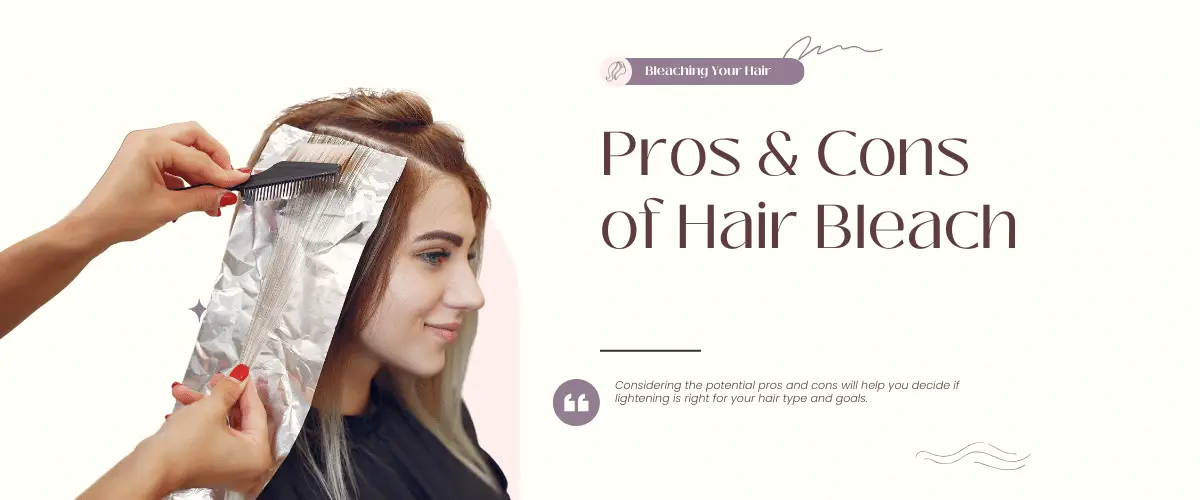
By bloggingstudio on August 31, 2023 0
Considering the potential pros and cons will help you decide if lightening is right for your hair type and goals. Bleach works by breaking down the underlying pigment molecules in hair, removing color, and allowing lighter dye to penetrate
Bleaching hair is a fast way to dramatically lighten your natural shade, allowing for vivid, all-over dye colors from pale blonde to cotton candy. But along with the benefits, bleaching can damage hair over time. Considering the potential pros and cons will help you decide if lightening is right for your hair type and goals.
What Does Bleaching Do to Hair?
Bleach works by breaking down the underlying pigment molecules in hair, removing color, and allowing lighter dye to penetrate. The active ingredient, hydrogen peroxide, oxidizes melanin pigment, stripping it away. Lightener also contains alkaline chemicals like ammonia that swell the cuticle, enabling color removal. The process leaves hair stripped of pigment, porous, and lighter in tone.
The Pros of Bleached Hair
Achieving Lighter Hair Colors
The main benefit of bleaching is the ability to make your natural shade lighter, even dramatically so. You can go from dark brown to dirty blonde, or black to platinum. Without lightening first, color won’t show up vibrantly on darker hair. Bleaching preps hair for colors way lighter than your starting tone.
Covering Stubborn Grays or Unwanted Tones
Some gray hairs are resistant to permanent color. Bleaching opens up the cuticle and removes that stubborn pigment so grays blend seamlessly with an all-over color. Bleaching also erases unwanted brassy, dull, or ashy tones from your natural shade, giving you a clean slate for fresh color.
Immediate, Dramatic Changes in One Session
You can spend months having foils and highlights done to gently lighten hair. Or, choose bleaching for drastic lightening in one salon visit. In a few hours, bleaching can strip away layers of pigment, speeding up the transition to lighter shades. If you’re craving a major change fast, bleach delivers.
Increased Shine and Texture Changes
Many notice their hair seems shinier, bouncier, and fuller after lightening. Bleaching removes underlying warm pigments, enhancing light reflection. The cuticle also lifts during processing, allowing more shine through. Some feel their hair gains body and volume after lightening, though bleach makes hair more porous over time.
Longer Lasting Color Vibrancy
On bleached hair, dye results come out more vivid, with hair better able to grab and hold onto the color. The lifted cuticle soaks up pigments more deeply, leading to longer lasting color. Dramatically lightened hair means dye deposits true to shade with no muddy undertones.
More Styling and Coloring Options
With bleached hair, the world of vibrant fantasy hair colors opens up. You can easily dye hair any pastel shade from lilac to mint without pre-lightening. Bleaching also makes cutting edge looks like ombre or rainbow hair possible. Lighter hair can more readily be shaped into trendy cropped cuts or retro finger waves.
The Cons of Bleaching Hair
Hair Damage and Breakage
There is no way around it, bleaching causes significant damage by stripping hair of protein and lipids. This leads to dryness, brittleness, increased split ends, and breakage over time. Some experience “gummy” hair after bleach, with altered texture feeling stretchy or mushy when wet. Hair is weaker and prone to snapping when bleached.
Requires Regular Touch-Ups
Lightened hair shows regrowth quickly as your natural color grows in at the roots. To keep bleached hair evenly light, bleached hair needs reapplication every 4-8 weeks. Skipping touch-ups means dealing with obvious roots and a multi-tone effect. Constant re-bleaching of roots and refreshers adds up to cost and damage.
Risk of Over-Processing
It’s easy to overdo it with bleaching, making hair lighter than it can healthily withstand. This risk breaks, gumminess from too much protein loss, and a fried-looking straw-like texture. Going too light too quickly leads to transparent, mushy hair. Patience and gradual lightening are kinder to your hair.
Special Maintenance is required
Bleached hair needs extra care and deep conditioning. Brassy tones often lurk under lightened hair, requiring toning to neutralize yellowness. Purple shampoo helps keep away unwanted warmth. And hydrating masks boost moisture after the harshness of bleach.
High Costs, Especially Long Hair
Getting six inches of hair lightened is far cheaper than going waist-length hair blonde. Because of the amount of product and processing time required, bleaching long or very thick hair gets pricey. Costs add up with regular touch-ups and special toning or repair treatments, too.
Can Look Unnatural If Taken Too lightly.
When taken too pale, bleached hair risks looking artificial and over-processed. Skin tone should be considered to find a flattering shade that looks convincing with your complexion. Bleached hair needs contrast and dimension for a natural effect, not just all-over white.
How to Prepare Hair for Bleaching
Bleaching works best on healthy, unconditioned hair but requires TLC afterward. Here’s how to prep hair and mitigate damage:
– Avoid other chemical services like perms or relaxing for 2 weeks pre-bleach to minimize processing
– Shampoo hair the day before lightening to remove product buildup
– Apply a deep conditioner several days before bleaching to boost moisture
– Trim split ends which will worsen with bleaching
– Consult with your colorist about the desired level of lightness
– Strand test to assess the susceptibility of hair to breakage before lightening all over
Post-Bleaching Hair Care Tips
– Wait 48 hours before shampooing after bleach to allow cuticle to close
– Use a moisturizing, sulfate-free shampoo and mask or treatment weekly
– Rinse with cool water and avoid heat styling when possible
– Apply a daily leave-in conditioner and avoid combing when wet
– Sleep on a silk pillowcase; use gentle elastic hair ties
– Monitor for signs of excess dryness like tangling, frizz, split ends
– Get occasional deep conditioning treatments like Olaplex
– Use bond-repairing and strengthening products to rebuild bonds
– Get regular trims to prevent split ends traveling up the shaft
Should You Bleach Your Hair? Key Considerations
Bleaching allows dramatic, lighter coloring options. But at what cost? Factors like your hair’s current health, your styling habits, and your commitment to aftercare play a role in deciding if bleaching is right for you.
The healthiest candidates have naturally thicker, resilient hair. Traits like color-treated hair, fine strands, or known sensitivity to chemical processing are warning signs. Your lifestyle habits affect suitability too. If you frequently heat style, color, or chemically treated hair, bleaching may be too damaging.
Dedicated conditioning and limiting heat are musts post-bleaching. If you don’t want to make your haircare routine all about recovery, reconsider lighting. Maintenance is also a factor. Are you willing to touch up roots every 4-6 weeks?
Finally, consider if you can achieve your color goals with highlights or lowlights instead of all-over lighting.
Consult a skilled stylist who will do a strand test and talk through your hair history.
Be realistic about the level of lightening your hair can handle. With the right approach, techniques, and aftercare, bleaching can expand your color possibilities without sacrificing hair health. But it’s a fine line between beautiful, lightened hair and overprocessed damage.
Know the commitment bleaching requires before taking the plunge.

 Konoly
Konoly 







